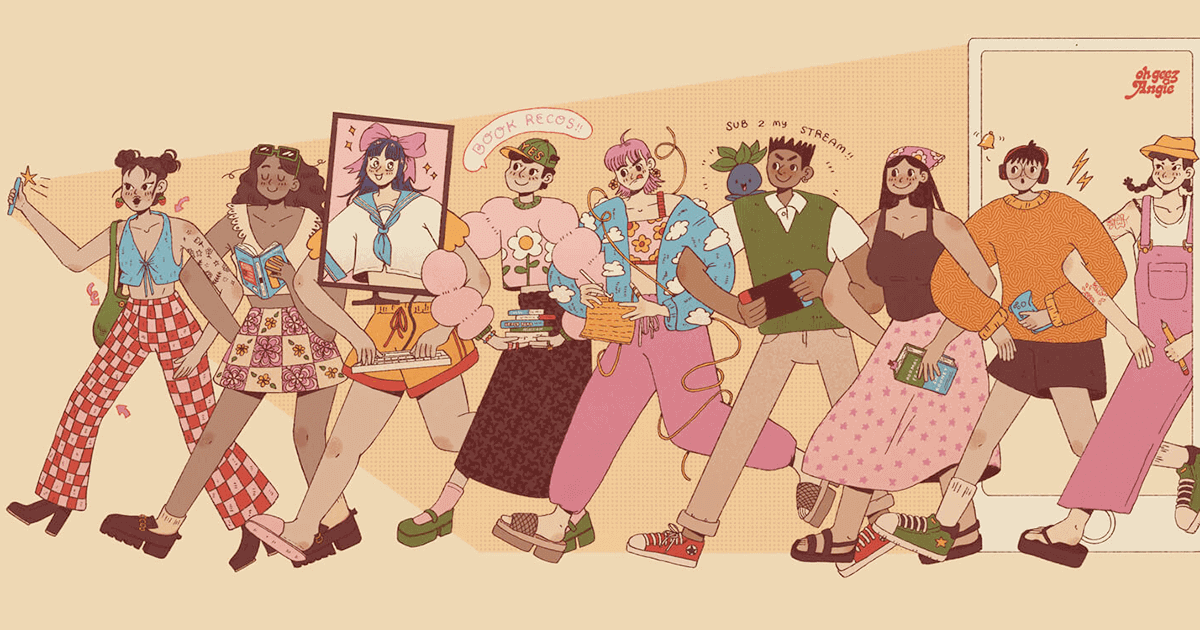Fast fashion has revolutionized the clothing industry, making trendy and affordable clothing accessible to consumers worldwide. However, beneath the surface of this seemingly convenient model lies a darker reality that fashion brands often try to keep hidden. The environmental destruction, unethical labor practices, and unsustainable consumption habits associated with fast fashion raise critical concerns that consumers must be aware of.
The Environmental Toll
One of fast fashion’s most alarming consequences is its significant environmental impact. The industry is one of the largest polluters globally, contributing to excessive water consumption, chemical pollution, and textile waste.
Water Waste and Pollution: Producing a single cotton T-shirt requires approximately 2,700 liters of water—enough for one person’s drinking needs for over two years. Additionally, textile dyeing and treatment processes release harmful chemicals into rivers and oceans, contaminating water supplies and endangering marine life.
Carbon Footprint: Fast fashion brands produce clothing acceleratedly, leading to high carbon emissions. The use of synthetic fabrics like polyester derived from fossil fuels further exacerbates the industry’s carbon footprint.
Landfills Overflowing: The throwaway culture promoted by fast fashion results in massive textile waste. Clothes that quickly go out of style or wear out due to poor quality often end up in landfills, which take years to decompose.
Exploitation of Workers
Behind the low price tags of fast fashion items lies the exploitation of garment workers, many of whom endure harsh and unsafe working conditions.
Low Wages and Poor Conditions: Many fast fashion brands outsource production to countries with lax labor laws, where workers are paid meager wages and forced to work in hazardous environments. Sometimes, employees work long hours without breaks or adequate safety measures.
Child and Forced Labor: Reports have uncovered instances of child labor and forced labor in garment supply chains. Vulnerable populations are often coerced into working for little to no pay, sustaining a cycle of poverty and exploitation.
Lack of Workers’ Rights: Many garment workers lack fundamental rights, such as unionizing or demanding fair wages. Speaking out against poor conditions often results in job loss or worse.
Unsustainable Consumer Culture
Fast fashion thrives on creating a sense of urgency, pushing consumers to buy more clothing at an unsustainable rate.
Planned Obsolescence: Many fast fashion items are intentionally made with low-quality materials, ensuring they wear out quickly and must be replaced.
Trend-Driven Overconsumption: Fashion brands release new collections almost weekly, pressuring consumers to keep up with ever-changing trends. This fosters a cycle of overconsumption, waste, and financial strain.
The Path to a Sustainable Future
Consumers can take steps to combat the dark side of fast fashion by making more ethical choices:
Support Ethical Brands: Look for brands prioritizing sustainability, fair wages, and eco-friendly materials.
Buy Less, Choose Well: Investing in quality clothing that lasts longer reduces waste and supports sustainable fashion.
Secondhand and Upcycling: Thrift shopping and repurposing old clothes can help minimize environmental impact.
Fast fashion’s hidden costs extend far beyond the price tags on clothing racks. Consumers can push for a more ethical and sustainable fashion industry by making informed choices.




